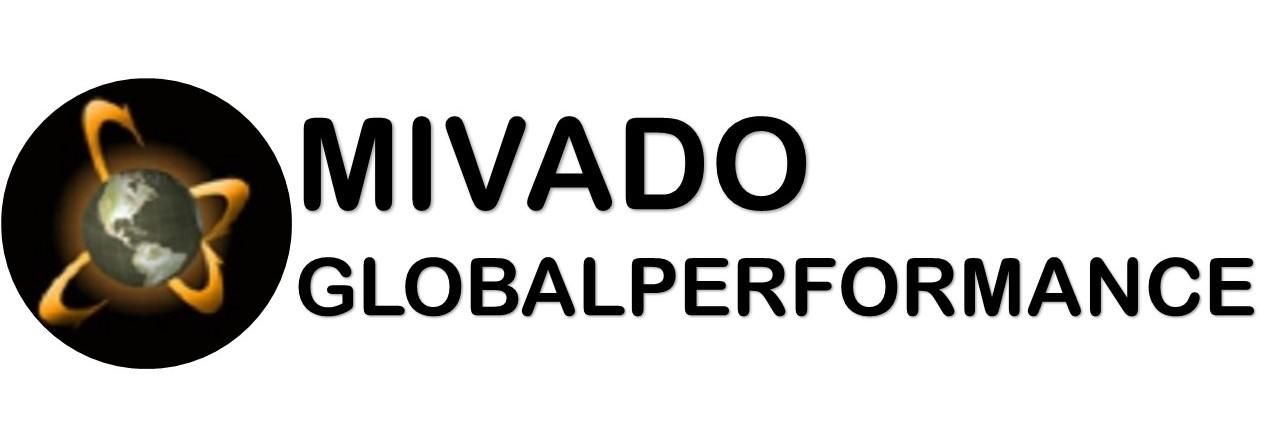GMP Lab of the Future: How to innovate with Purpose?
GMP Lab of the Future: How to innovate with Purpose? This concept encapsulates a strategic transformation of GMP (Good Manufacturing Practice) laboratories, where innovation is not just about adopting new technologies, but doing so with a clear intent to enhance product quality, regulatory compliance, operational efficiency, and patient safety. It reflects a future-focused mindset that balances cutting-edge advancements (like automation, AI, and digitalization) with the rigorous standards and ethical responsibilities of pharmaceutical manufacturing.

The pharmaceutical industry stands at a critical juncture. Faced with ever-increasing regulatory scrutiny, the demand for faster time-to-market for novel therapies, and the need for greater cost efficiency, the traditional Good Manufacturing Practices (GMP) laboratory model is evolving rapidly. We’re moving from a paper-based, manual, and reactive system to a digitally-enabled, automated, and proactive one. This transformation isn’t just about new technology; it’s about a fundamental shift in how we approach quality, compliance, and innovation.
The Great Challenges We Must Overcome
The journey to the GMP lab of the future is not without its obstacles. These challenges require careful planning, significant investment, and a willingness to embrace change at every level of the organization.
Data Integrity and Digitalization
The transition from paper-based to digital systems is the first and most crucial step. While it offers incredible benefits, it also introduces new complexities. The core challenge is maintaining data integrity. How do we ensure that data captured, transferred, and stored digitally is accurate, complete, and protected from manipulation? Legacy systems and a lack of standardized protocols for data exchange between different pieces of equipment and software create data silos, making it difficult to achieve a single source of truth. The Pharmaceutical Inspection Co-operation Scheme (PIC/S) and the FDA’s Quality Management Maturity (QMM) initiative are pushing for technical controls over manual ones to safeguard data integrity, making this a top priority.
Automation and Integration
Automating repetitive tasks like sample preparation, pipetting, and testing is key to increasing efficiency and reducing human error. However, integrating disparate instruments and systems from various vendors is a significant hurdle. Many labs have a “Frankenstein” setup of equipment that doesn’t communicate with each other, leading to a hybrid model where manual data transcription is still necessary. This not only defeats the purpose of automation but also introduces a major risk to data integrity. The goal is to create a seamless, end-to-end automated workflow from sample to final report.
The Human Element: Training and Skill Gaps
As labs become more automated and digitally driven, the role of the lab professional changes. The focus shifts from manual execution to data analysis, system management, and critical thinking. This creates a skills gap. Existing staff need to be retrained on new technologies, software, and data analytics. There is also a need for new roles, such as data scientists and automation specialists, who can manage these complex systems. The challenge lies in fostering a culture of continuous learning and providing the right training to empower employees for success in this new environment.
The Unprecedented Opportunities We Can Seize
While the challenges are significant, the opportunities presented by this transformation are truly game-changing for the pharmaceutical industry.
Enhanced Efficiency and Productivity
Digitalization and automation can dramatically increase lab throughput and reduce lead times. By eliminating manual documentation and automating workflows, labs can see productivity gains of 30% or more. Real-time monitoring and predictive maintenance, powered by AI and the Internet of Things (IoT), can prevent equipment failures before they happen, minimizing downtime and ensuring a consistent flow of work.
Superior Quality and Compliance
A digitally enabled lab provides a robust foundation for improved quality and compliance. Automated data capture from instruments directly into a Laboratory Information Management System (LIMS) or a similar system eliminates transcription errors. Advanced analytics can be used for real-time process verification, allowing for the early detection of trends and deviations. This proactive approach reduces the risk of out-of-specification results, accelerates deviation closure times, and enhances audit readiness.
Agility and Scientific Advancement
The GMP lab of the future will be more agile and better equipped to handle the complexity of new drug modalities, such as biologics and cell and gene therapies. By reducing the time and effort spent on routine tasks, scientists can dedicate more time to high-value activities like research and development, troubleshooting, and continuous improvement. The wealth of clean, structured data generated will also fuel advanced analytics and machine learning, leading to new scientific insights and faster development of life-saving medicines.
Real-World Case Studies
Building on the vision of the GMP lab of the future, let’s examine how these concepts are being implemented in practice. The following case studies illustrate real-world challenges and the transformative solutions that are driving the industry forward.
Table 1: The GMP Laboratory of the Future: Real-world Case Studies

Mivado GlobalPerformance: Your Partner in Transformation
The journey to the GMP lab of the future is a complex undertaking that requires expertise in process optimization, regulatory compliance, and digital transformation. You don’t have to navigate this path alone.
About the Author: Kossi Molley, Chemist; LSSBB; PMP

